One of the biggest problems in this day in age is cell phone coverage. Many users experience poor call quality, slow data speeds, and even the dreaded dead zones. Many cell phone carriers spend thousands of marketing dollars to claim they have the best coverage, but how often have you found yourself in a decently populated area and still had poor reception? Poor signal is usually a combination of four different factors and having just one can be enough to block reception.

1. The greatest common culprit of a poor signal is building material.
New buildings often use energy saving materials. These new energy saving materials can block out cell phone reception from nearby towers. Radiant barriers and low E glass are designed to maximize heat insulation for the building; however, these materials also block reception.
2. The distance from the cell tower is also a factor.
This comes into play for rural areas where the closest tower is 3, 4, or 5 miles away. Even if you can barely place a call, carriers will still claim they cover this area. Living on the outskirts of a network could be problematic in trying to communicate with just one tower.
3. It is crucial to note that even naturally occurring obstacles will negatively impact your cell signal.
Cell phone towers give off a signal, but it can be blocked by hills, trees, and valleys. Living in a very high tree area will cause issues with cell phone coverage. Imagine a water hose flowing over a flat surface. Placing a rock (hill) in the middle of that flow will cause the stream to stop and go around it.
4. Interference with other devices can also lead to dropped calls and poor call quality.
When your phone is between many towers operating on the same frequency, the amount of noise in the area can dramatically lower the signal quality you are receiving and sending.
Now that we have identified some of the root causes of our problem, let’s look at how a Cell Phone Signal Booster Works.


Cell phone signal boosters bring the cell phone signal inside buildings that have poor or no cell phone coverage. The HiBoost system consists of an outdoor antenna connected to an amplifier which is then connected to an indoor antenna located in the area needing the signal the most. In this 3 part system, the most critical component is the outdoor antenna. This antenna is a uni-directional antenna which pulls signal from a 45 degree field of vision. This allows it to reach out farther to the cell phone tower it is generally pointed at. The amplifier is the second major component of your cell phone booster system. Once the signal is pulled from the outside, it is sent to the amplifier for boosting. Depending on the quality of your outside signal and the size of your home, you can find an all in one box solution from any 3 of our Home Smart Link series boosters. The final component of this system is the inside antenna. Once a signal is boosted from the amplifier, it is passed to the indoor antenna to rebroadcast the signal in your area of need. Conversely, your cell phone device is picked up by our indoor antenna, sent to the amplifier for boosting, and then rebroadcast to the cell phone tower, thus concluding our bi-directional amplification. Cell phone signal boosters are often referred to as bi-directional amplifiers and or repeaters. Some will be more familiar with those terms than others, but for those who are lost, we will try to break down their function.
The bi-directional amplifier actively boosts the signals from both the cell tower and the user’s mobile device. The signal booster system provides an active uplink path from the mobile device to the cell tower while simultaneously providing an active downlink path from the tower to the mobile device. The bi-directional amplifier in the cell phone signal booster system provides automatic gain control and signal processing to ensure trouble free operation. HiBoost uses carrier grade components when assembling the devices so you know you are getting a high-quality product that will last a lifetime.
So, what is the “signal” the carriers use and the boosters amplify? The signal is a frequency band. These bands reference part of radio waves that are licensed from the FCC. Carriers like AT&T, Verizon, T-Mobile, and Sprint, all utilize these bands to provide a way for users to operate their phones on. HiBoost cell phone signal boosters use a broadband technology that amplifies all bands, unlike some of our competitors that cannot amplify a few select bands or are restricted to amplifying a certain band.
Carriers don not use one single band to provide their services in an area. Your phone’s radio is programmed to switch between bands to provide the best quality and strength of the signal. Even though HiBoost cell phone signal boosters provide a complete solution it is still important to know what band your carrier uses in your area. One thing to note is that high frequency signals, while easily blocked by walls and other obstructions, make up the backbone of the LTE networks that allow faster data transmissions and higher quality phone calls.
HiBoost is a top carrier of cell phone boosters. Shop for one today or contact our customer service department and we will provide assistance and guidance in selecting the one right for you.
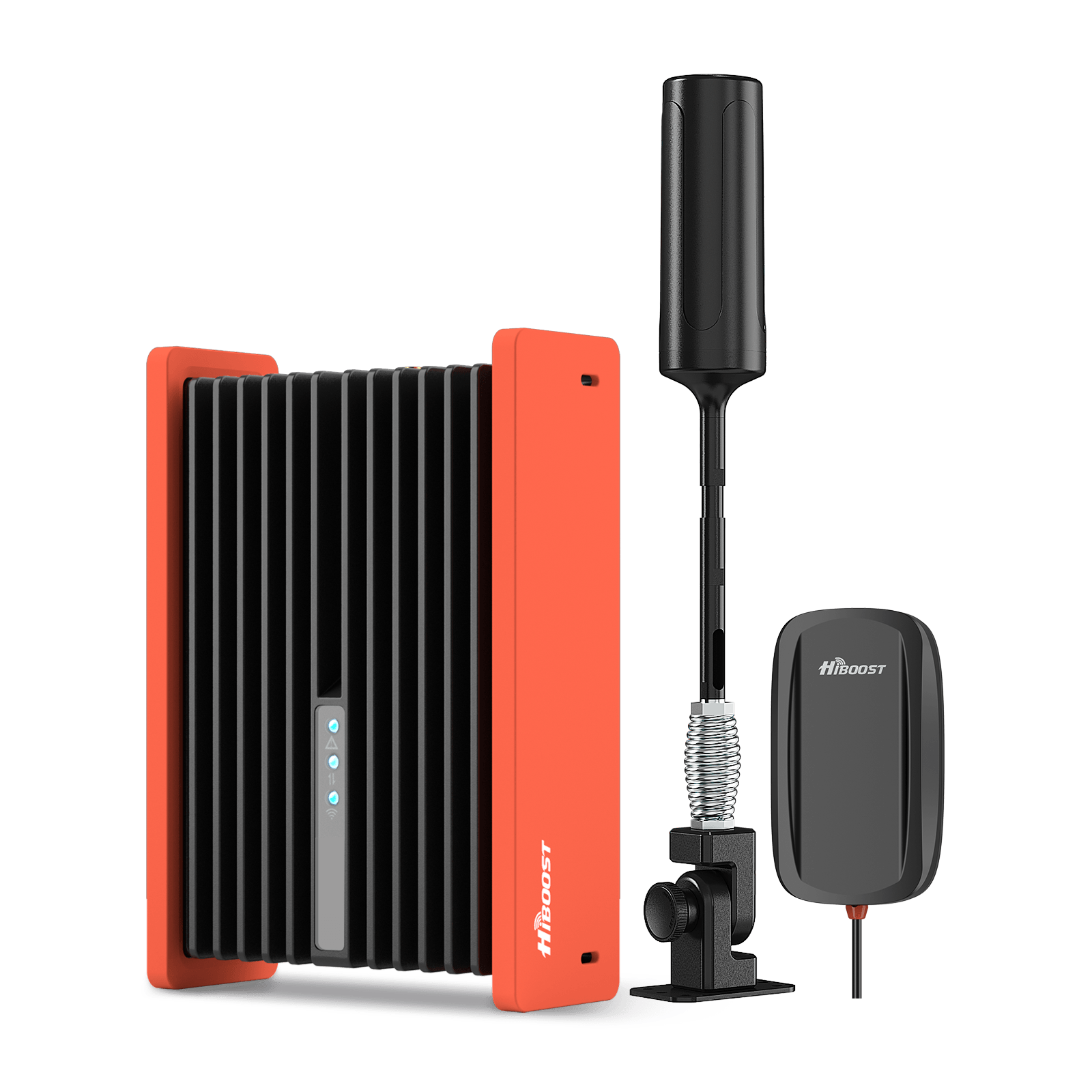
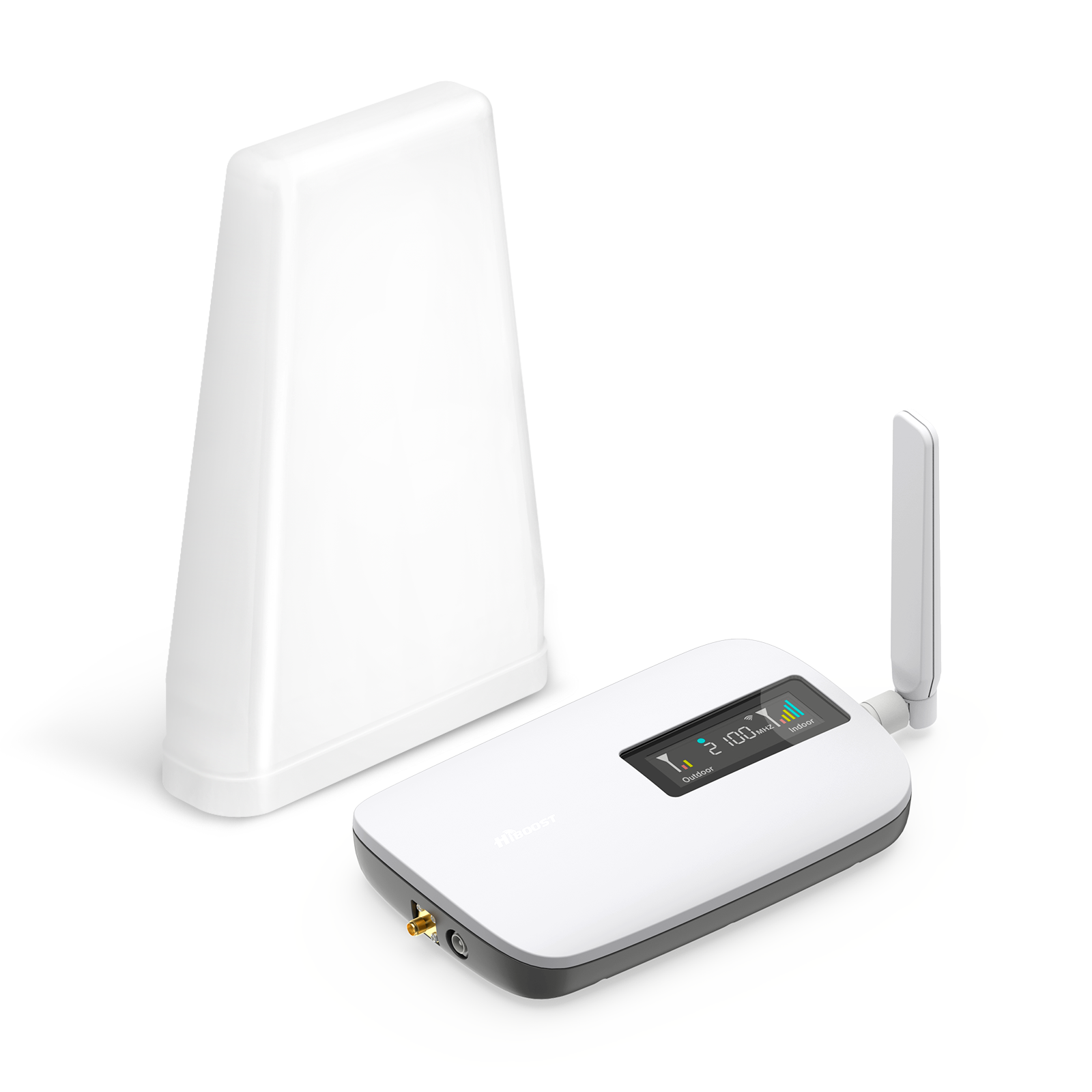
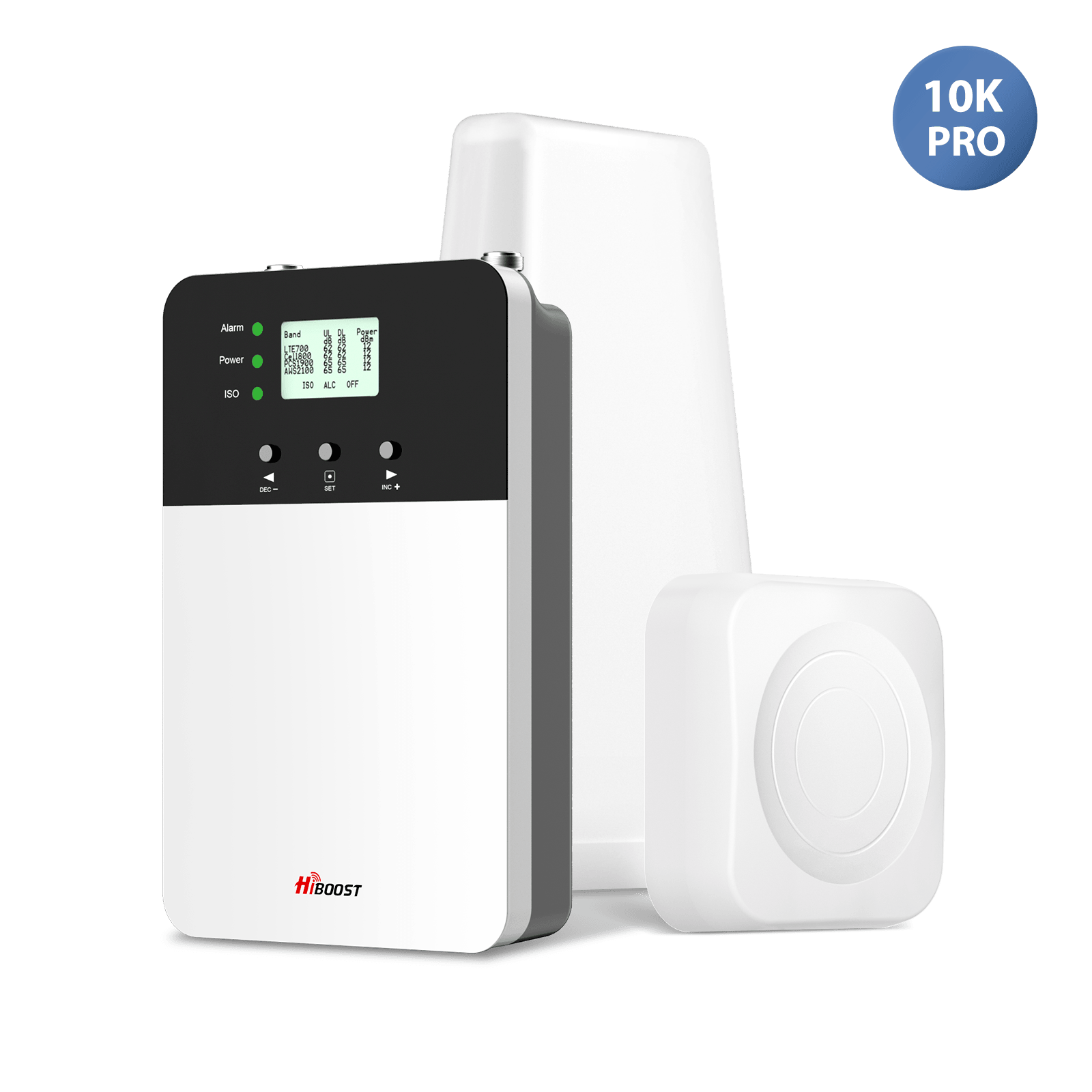
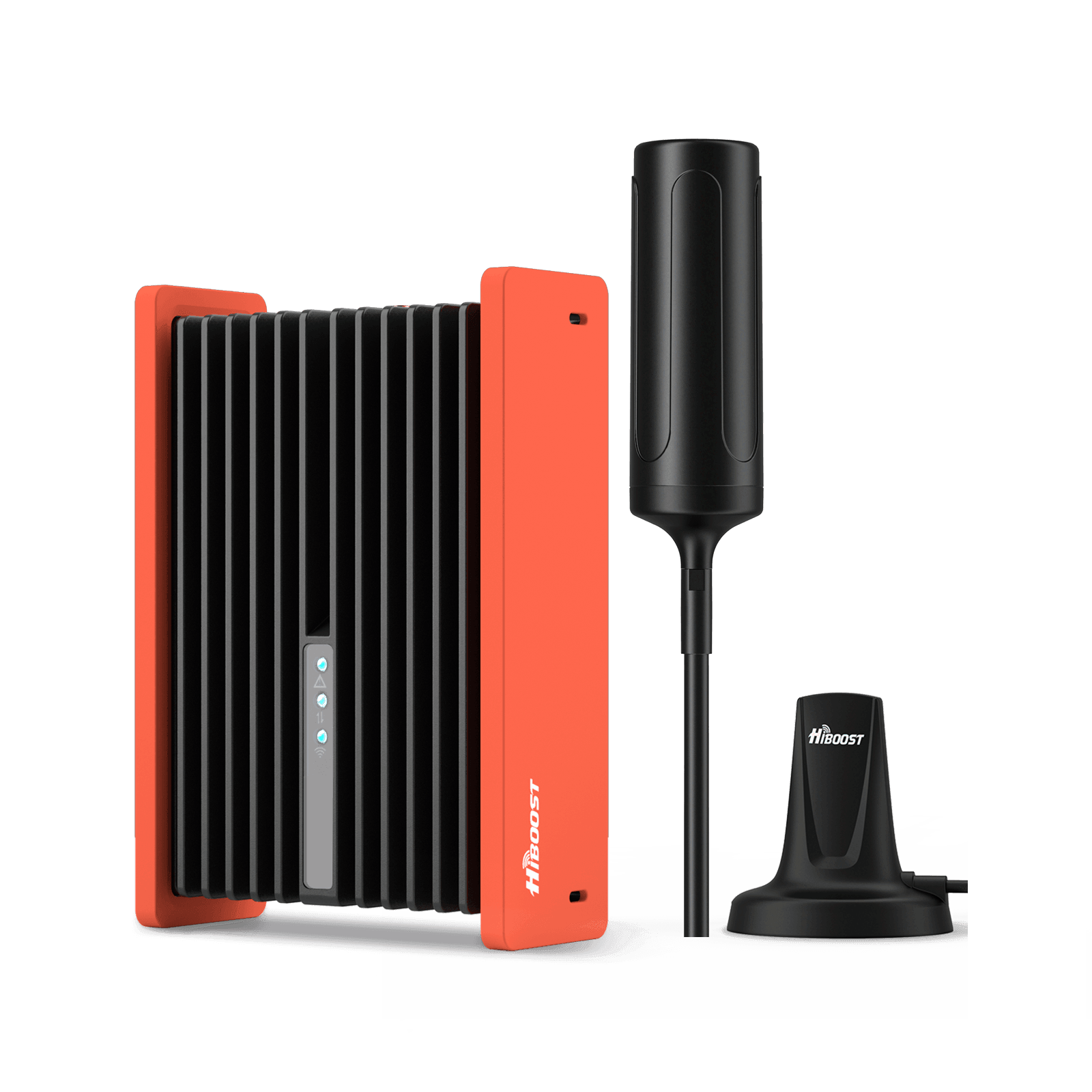
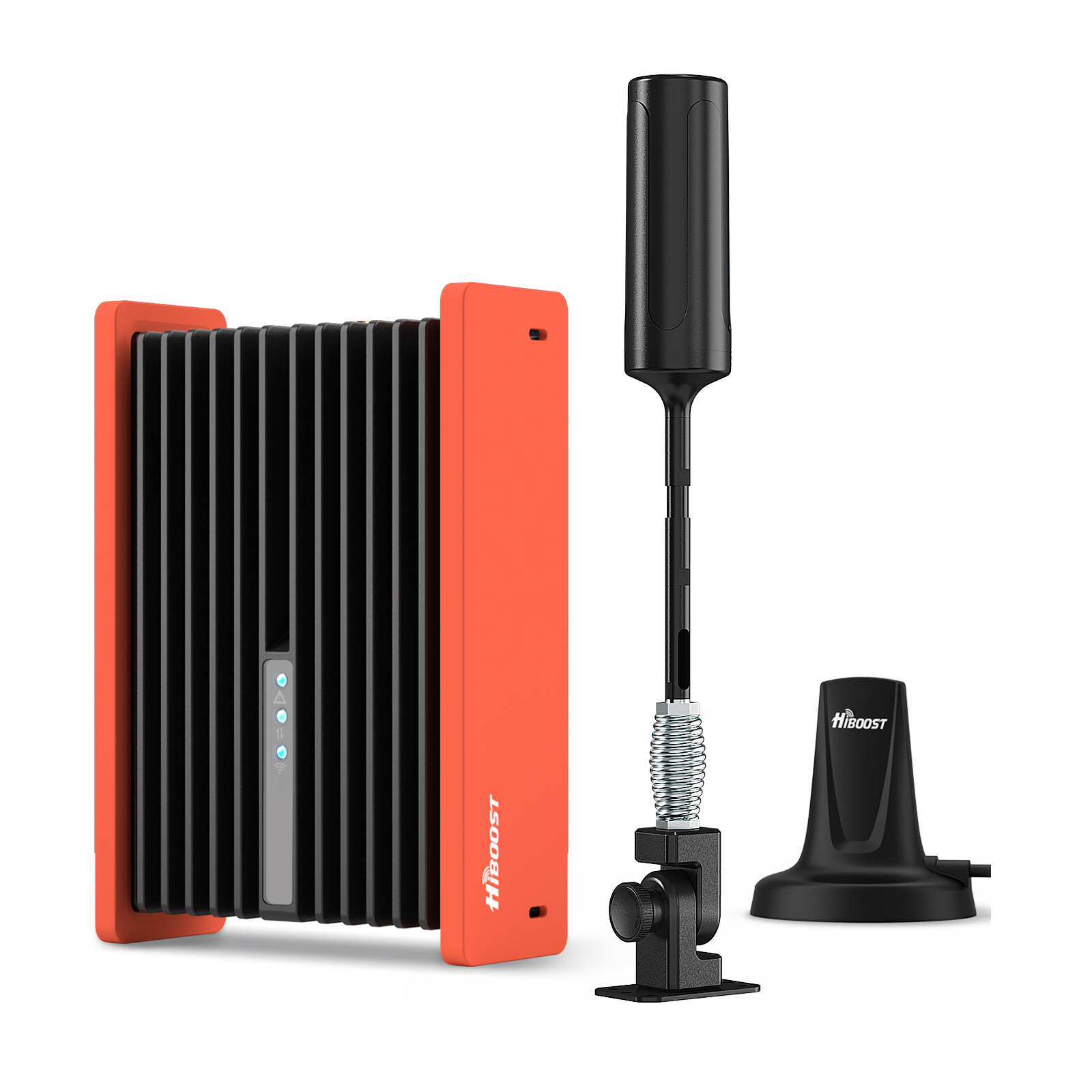
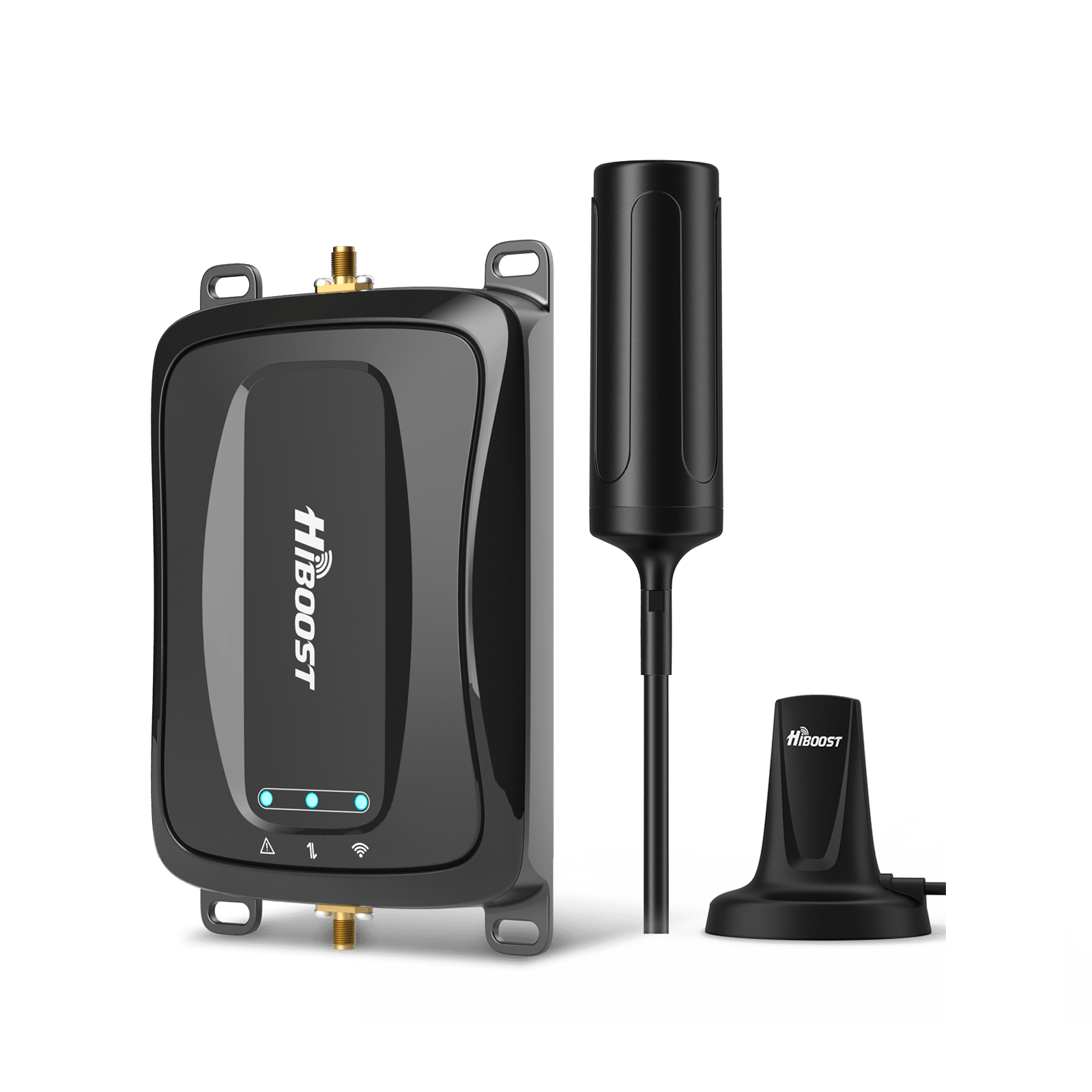
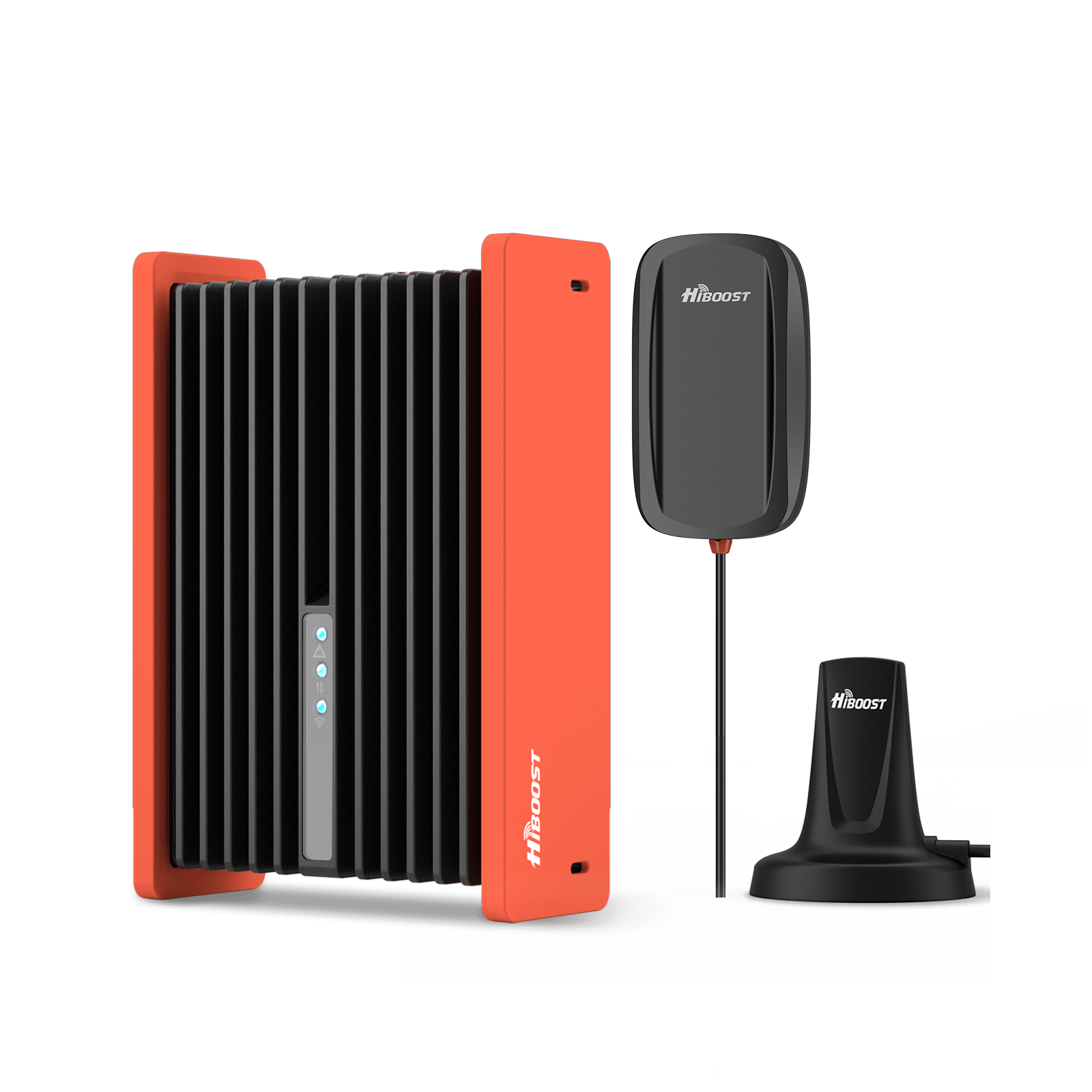
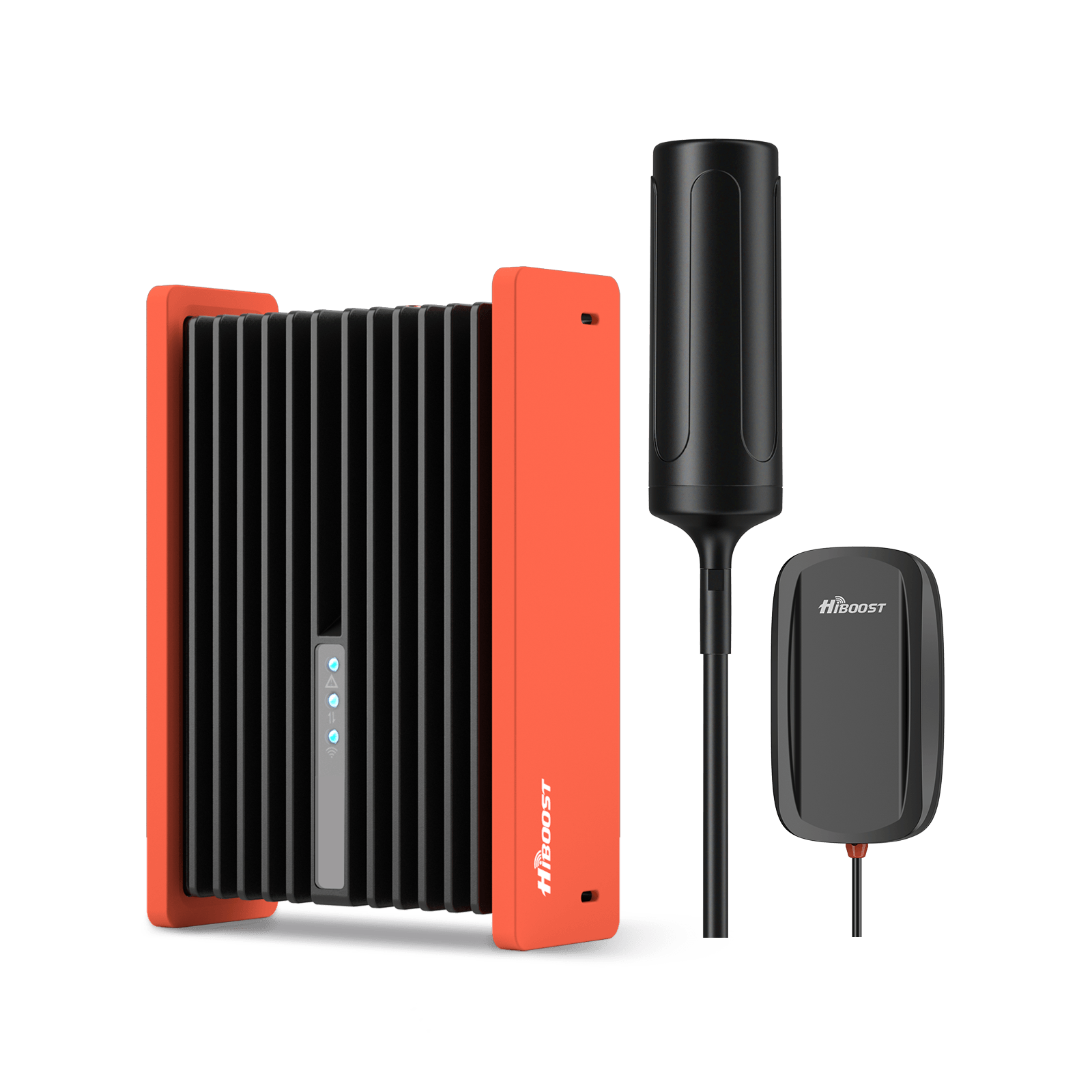
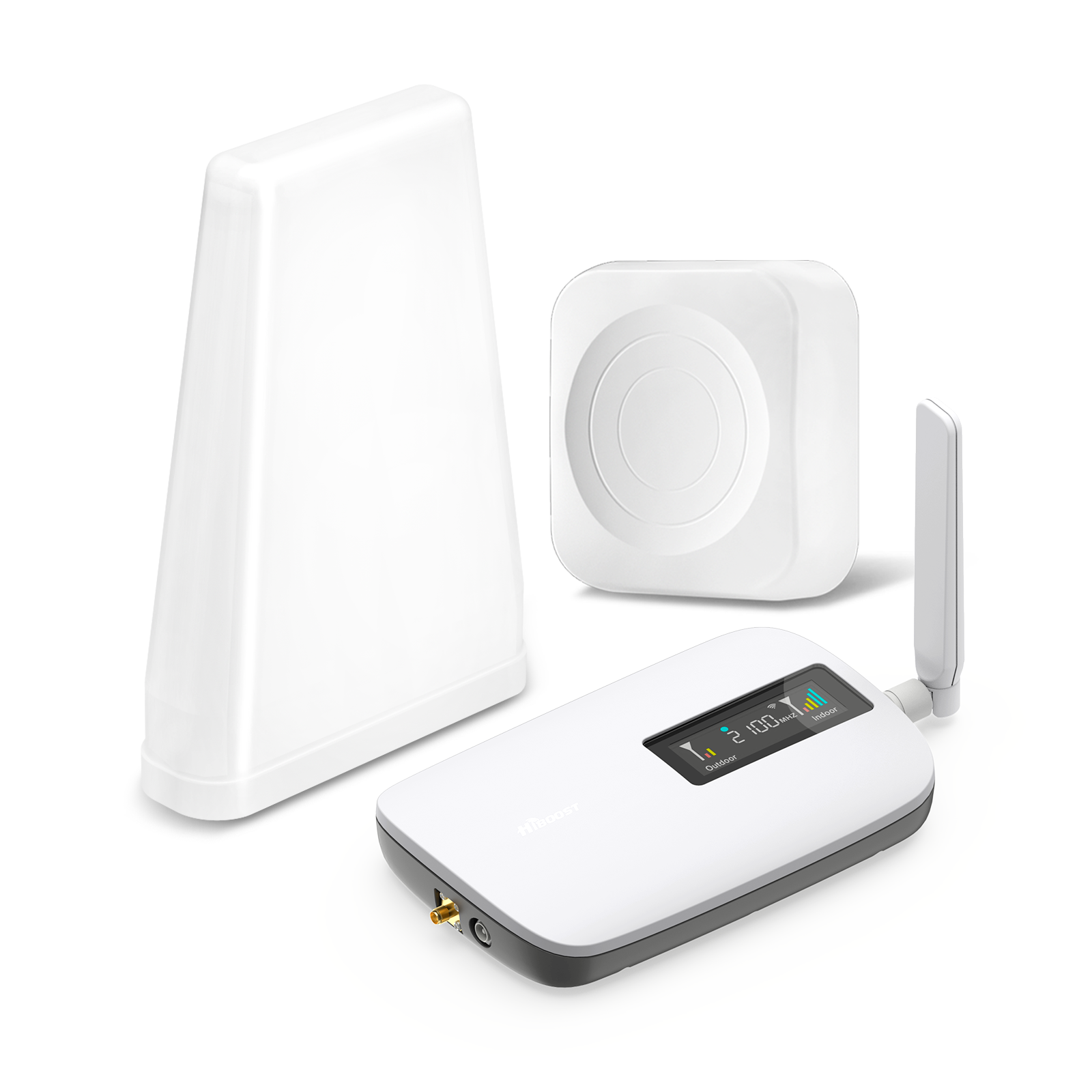
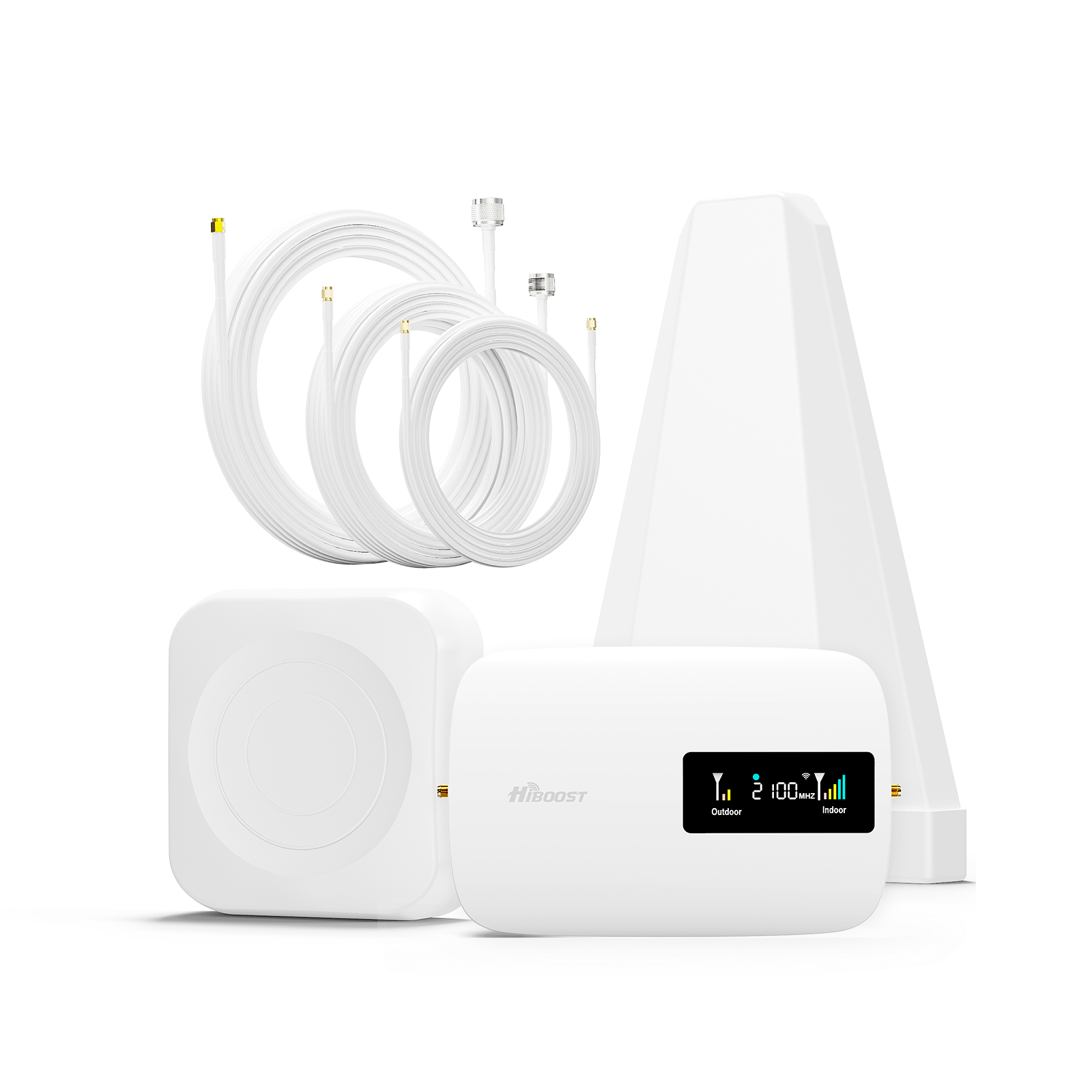
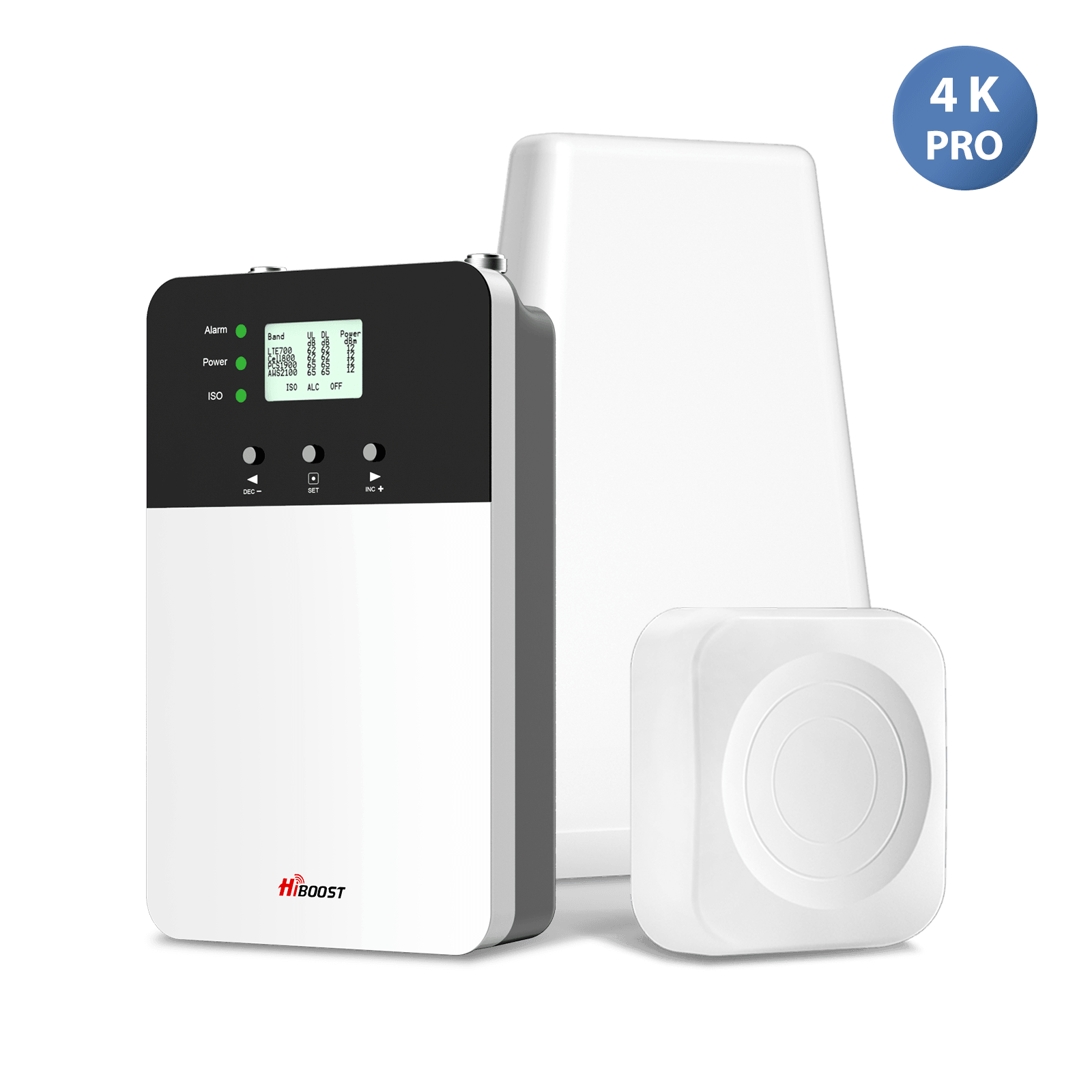
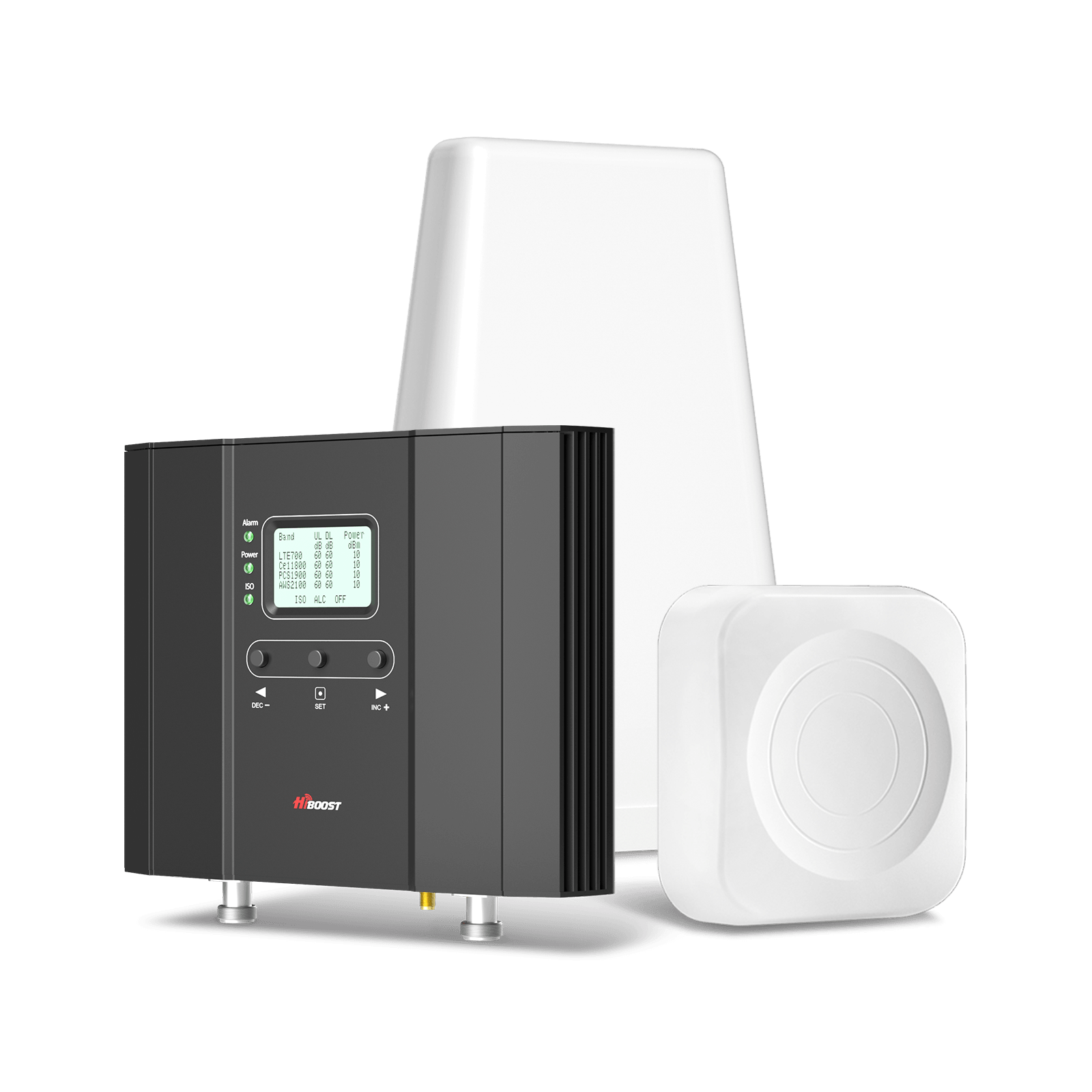
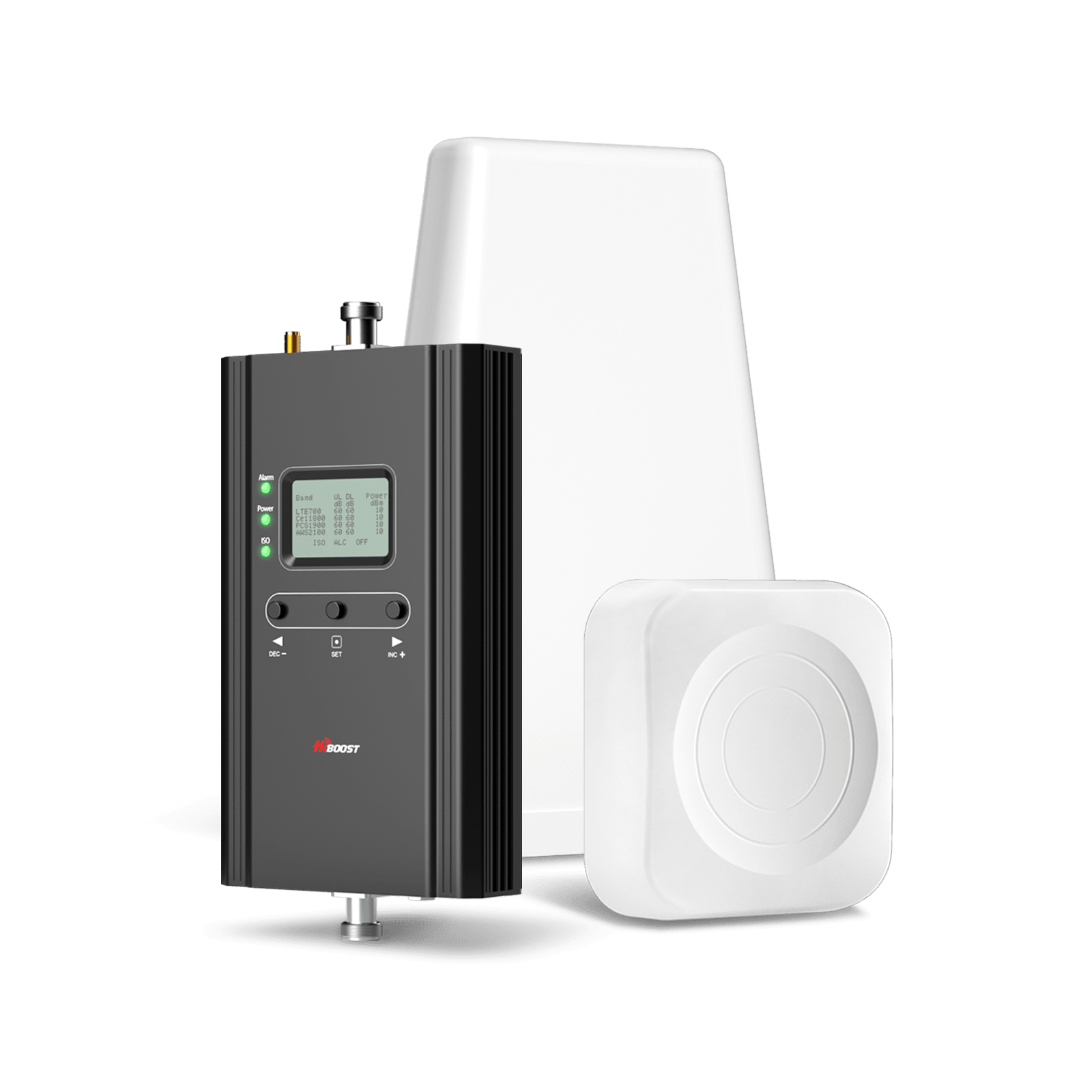
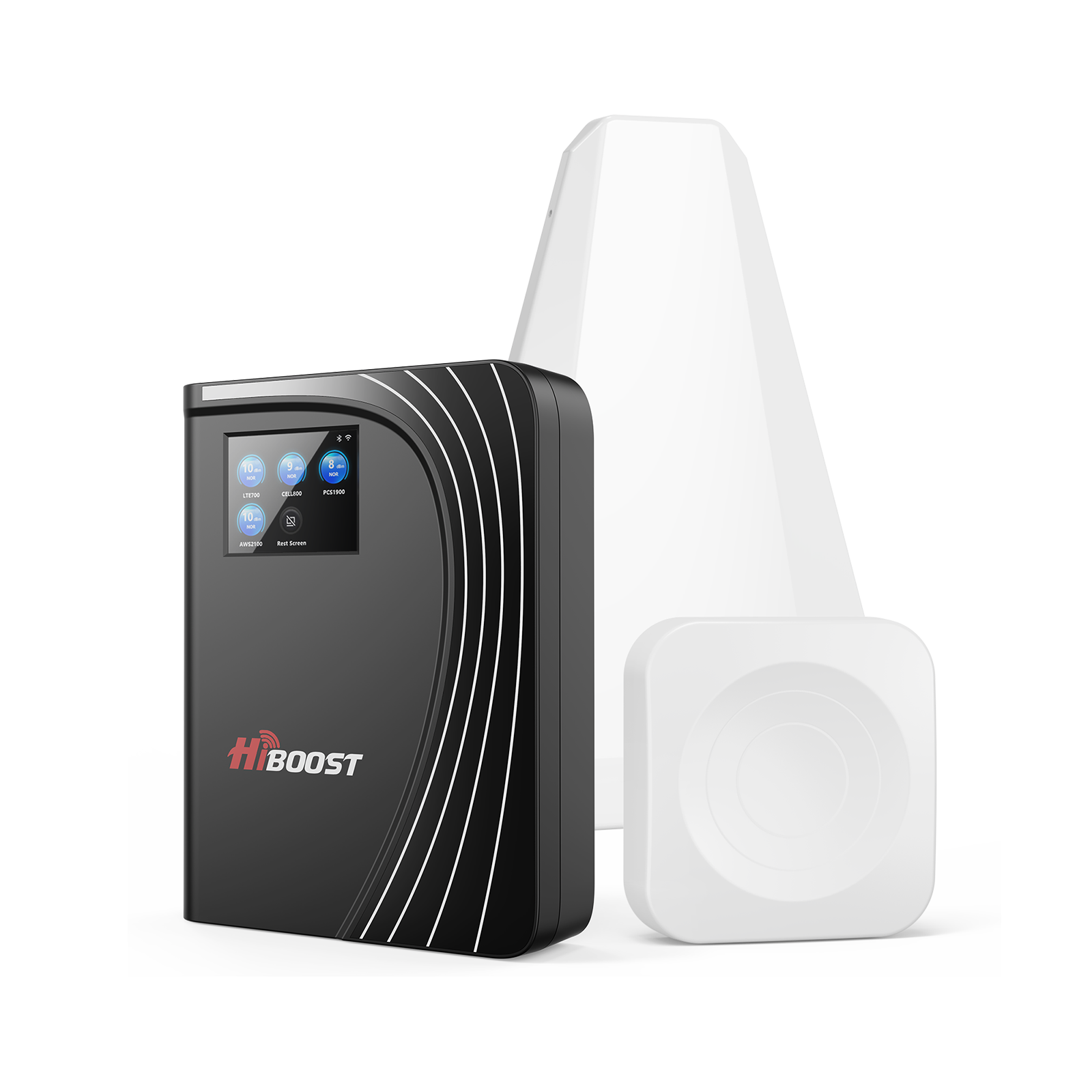
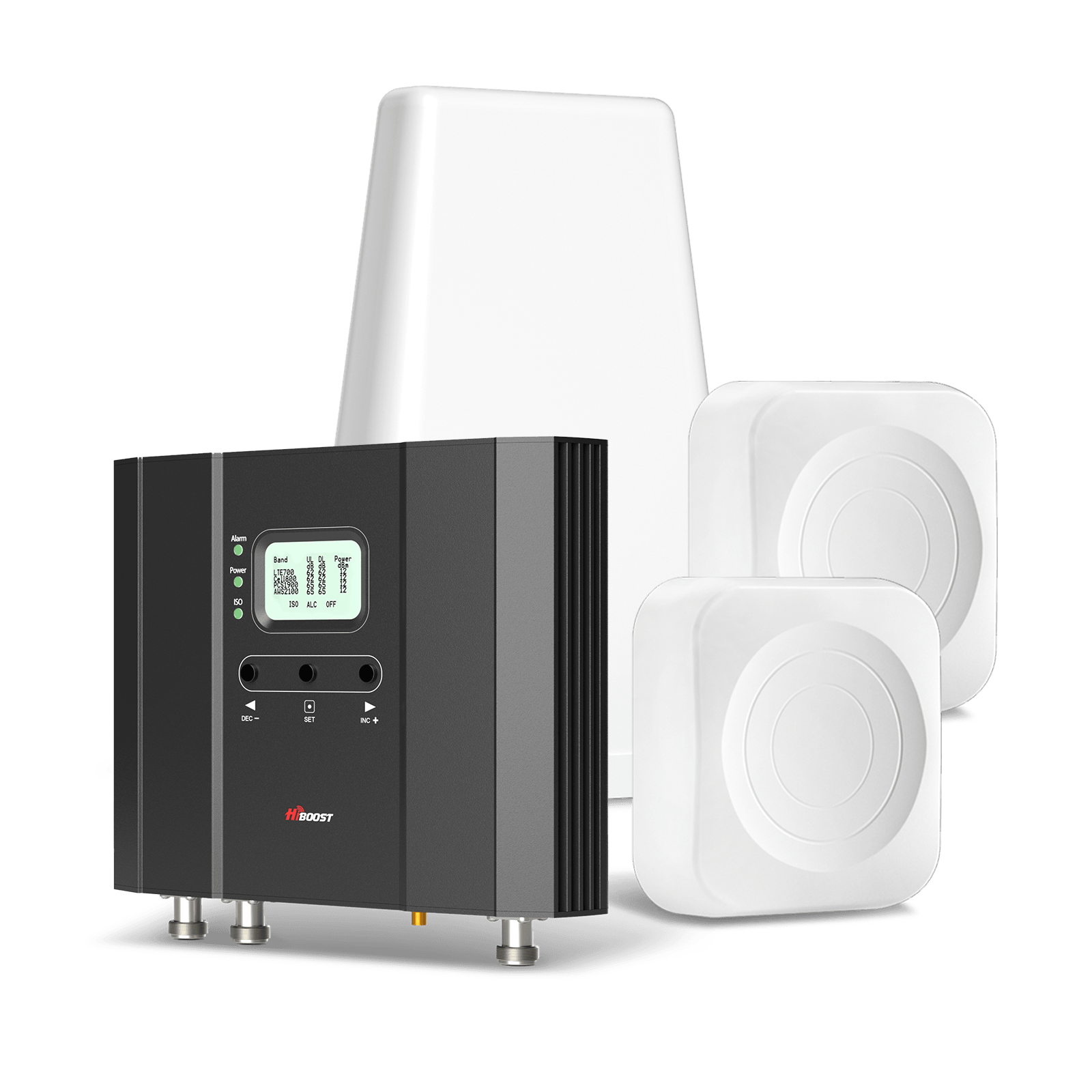
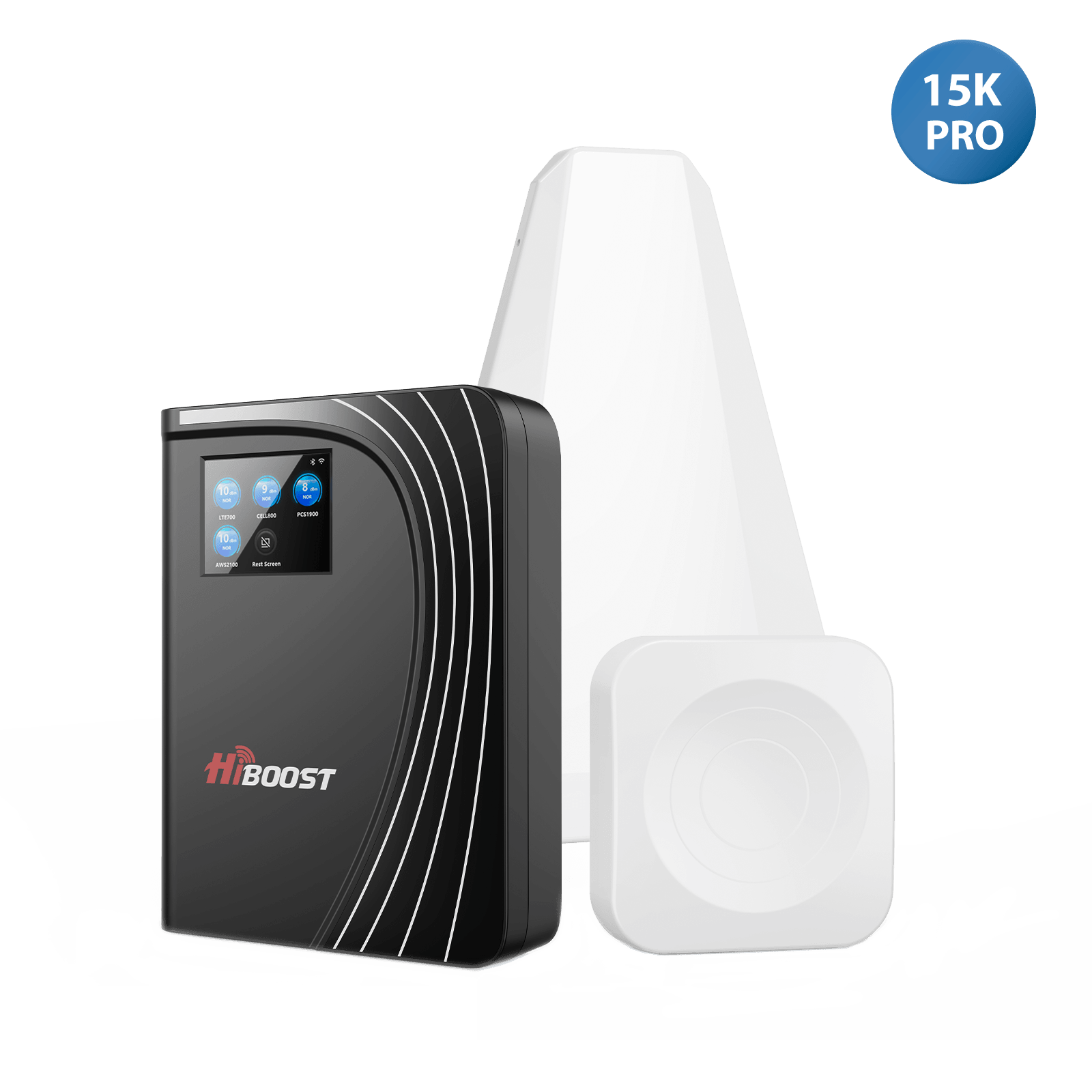
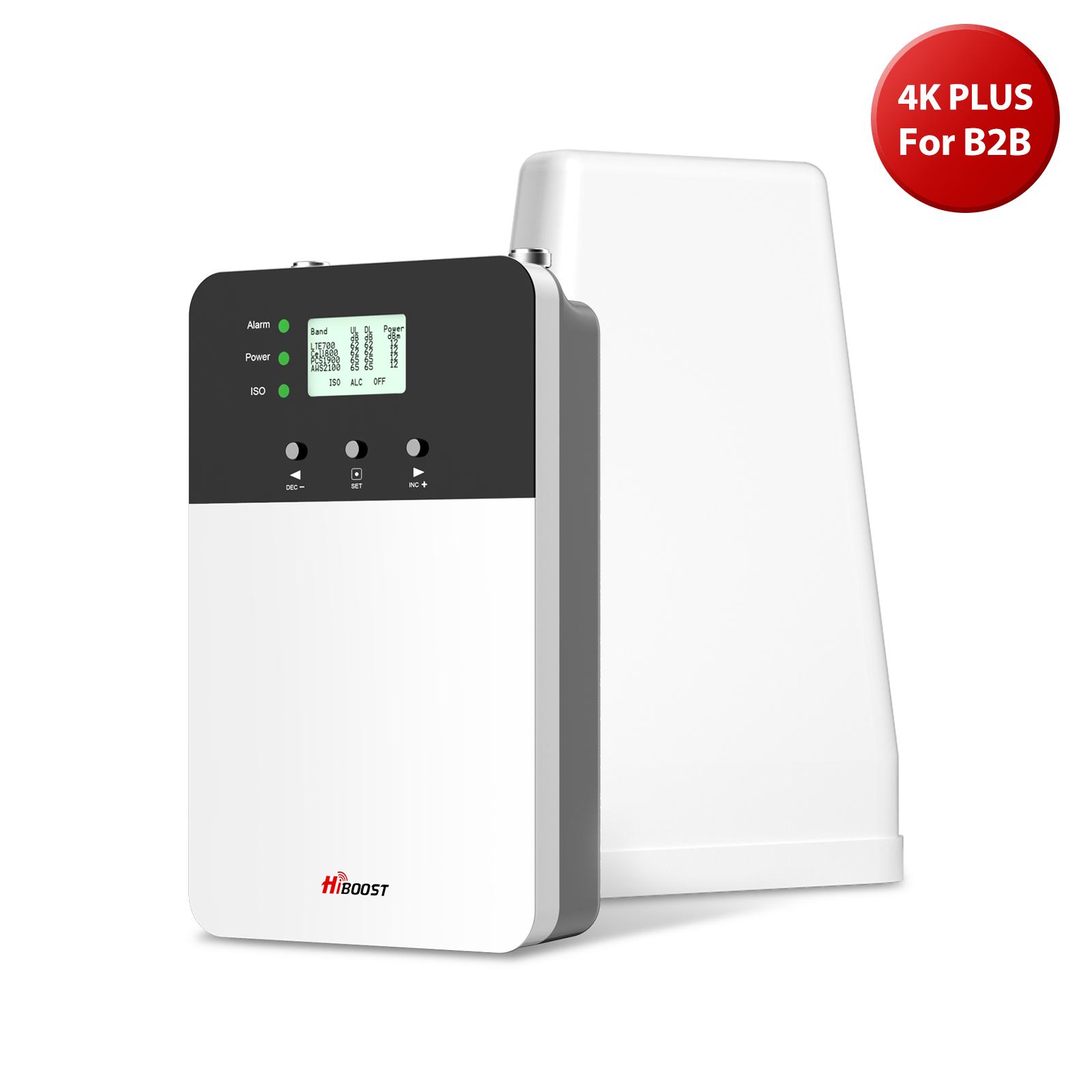
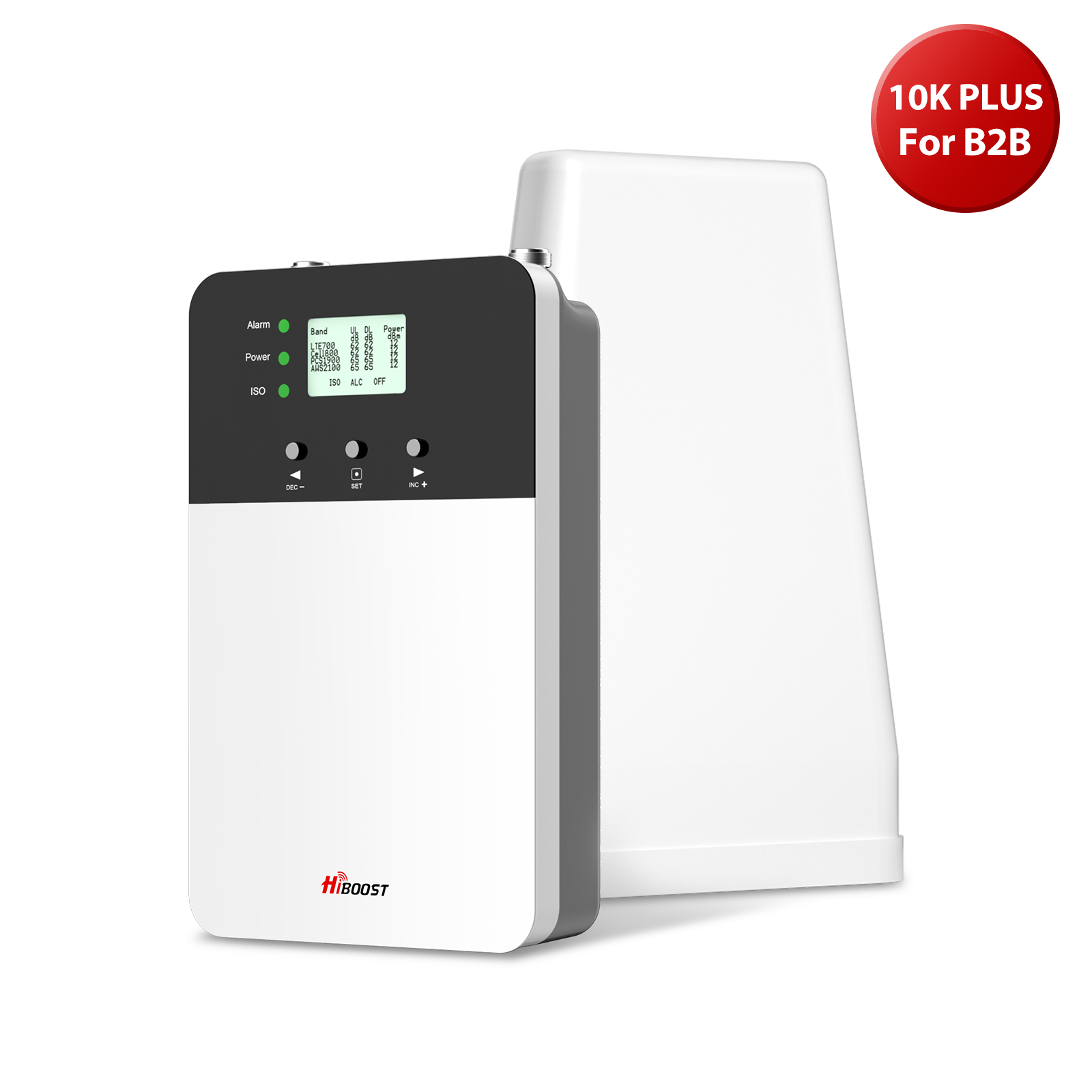
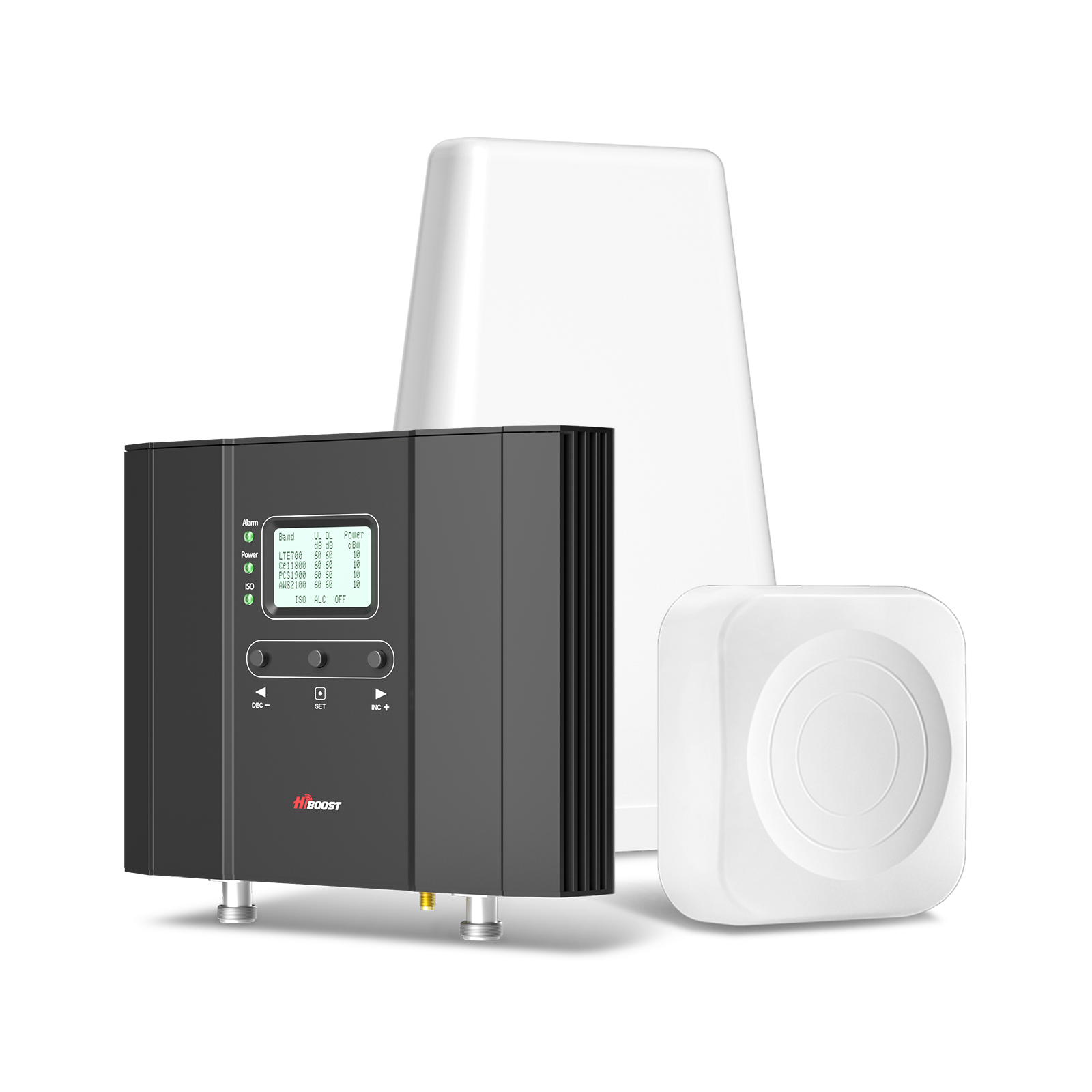
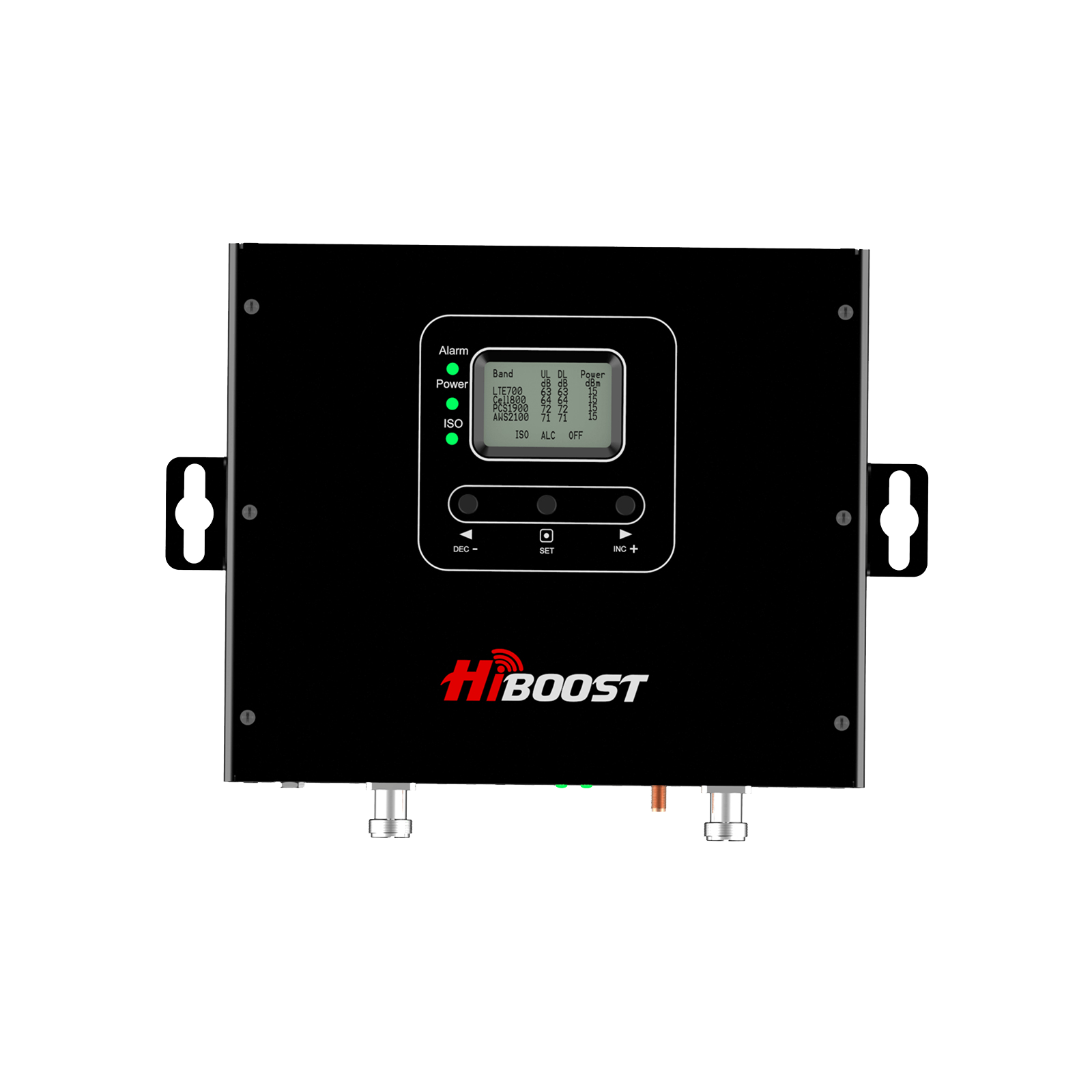
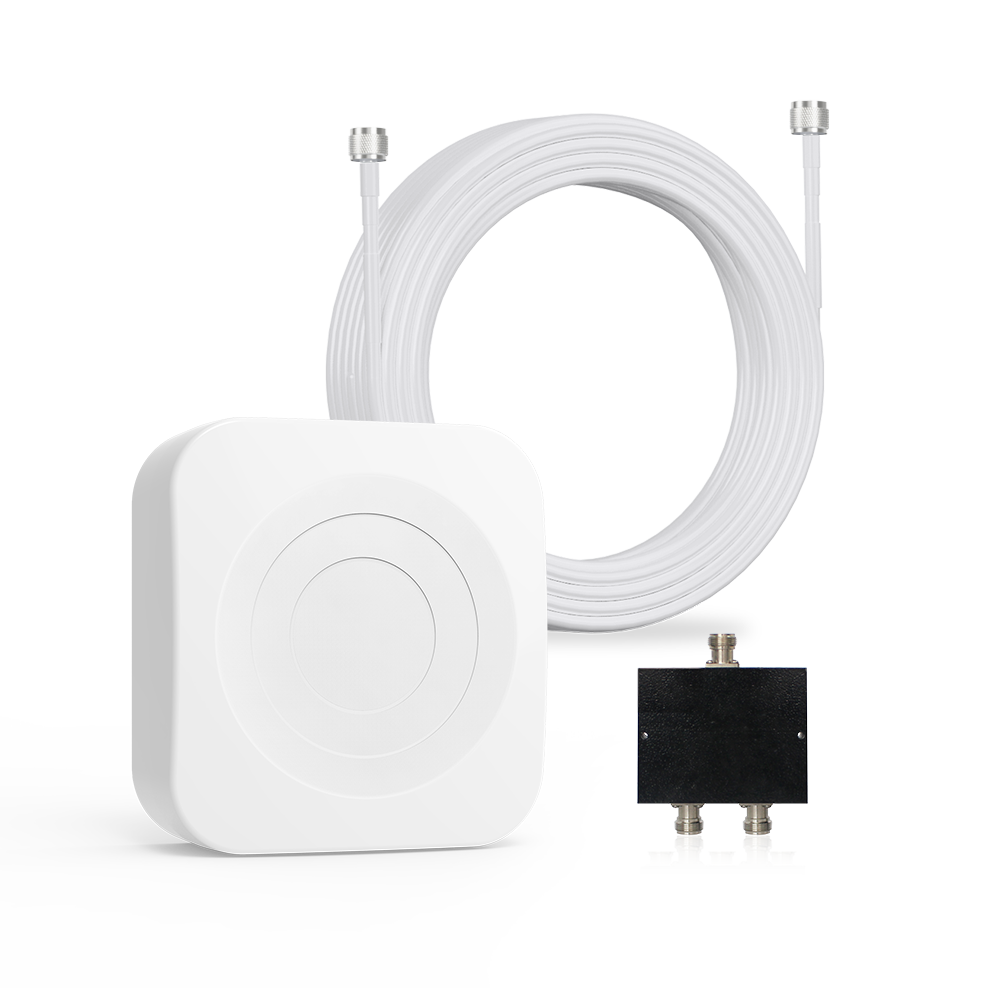
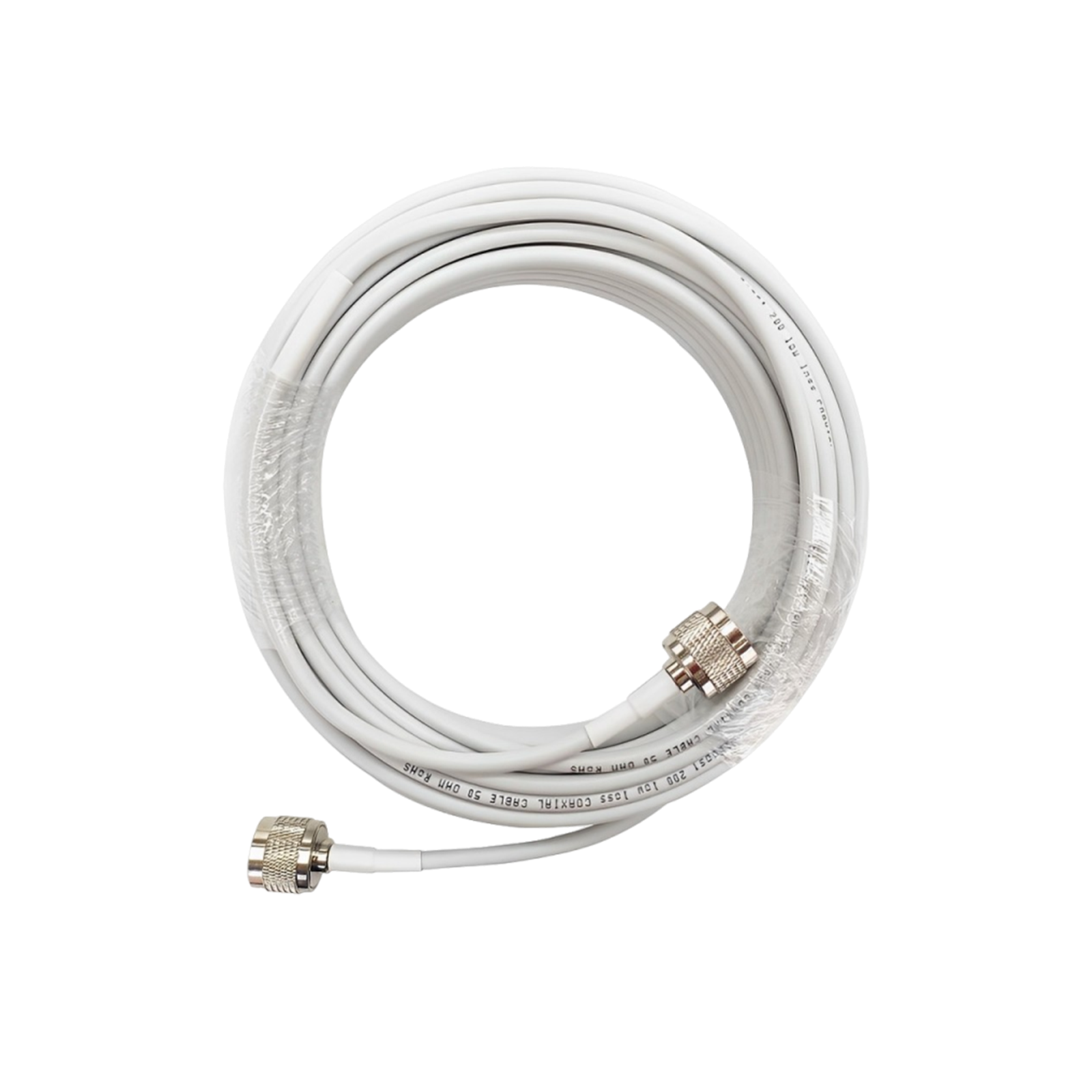
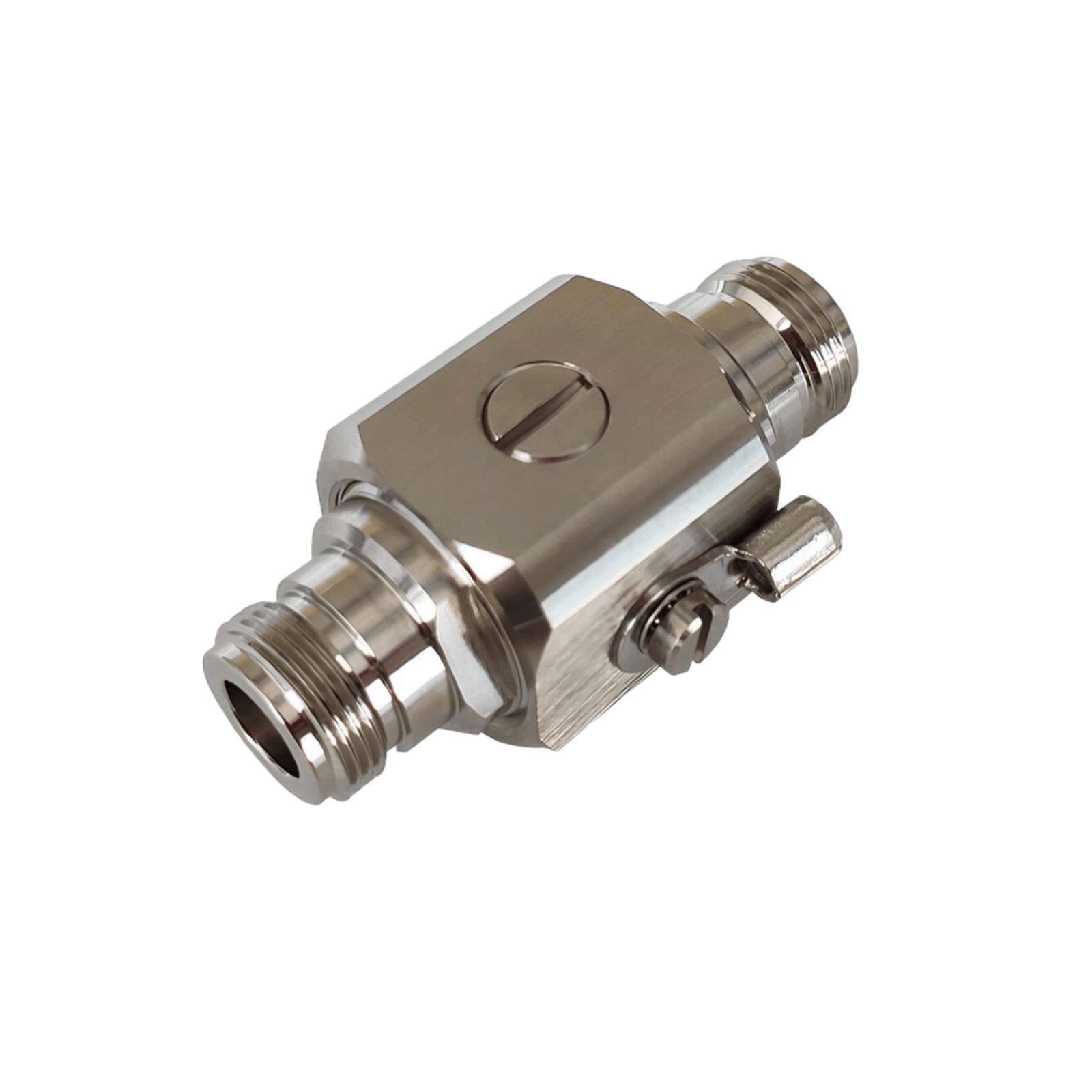
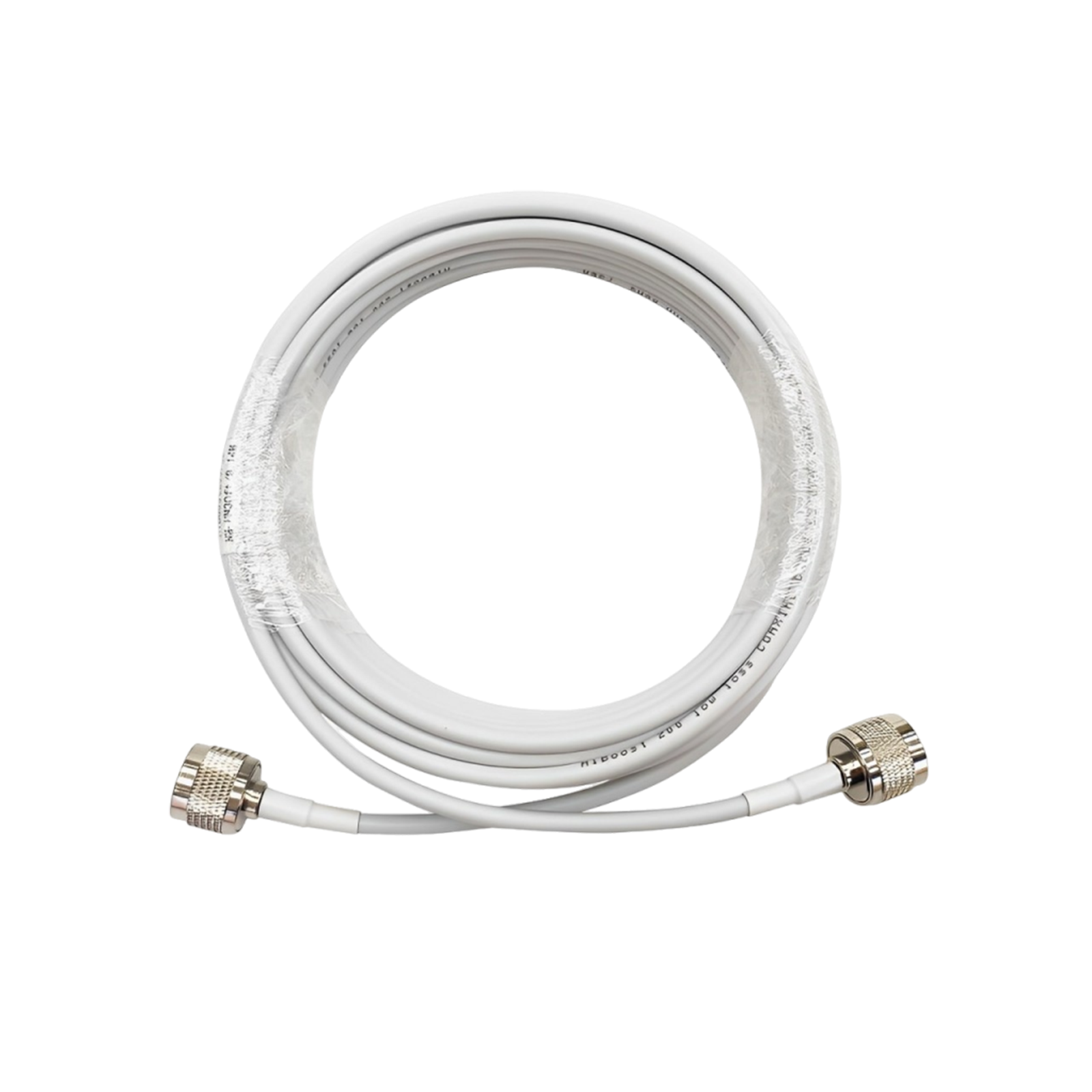


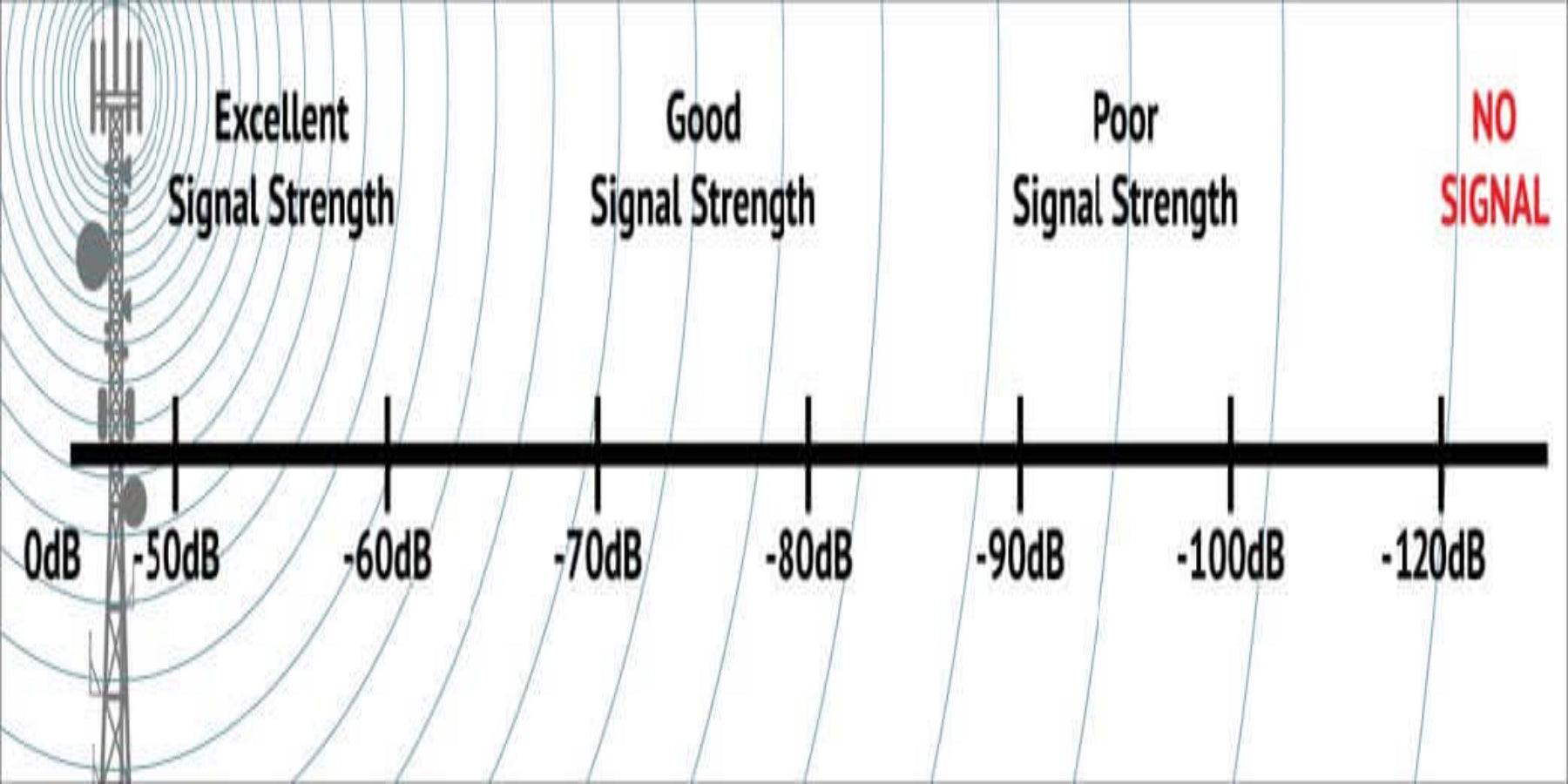
Leave a comment
All comments are moderated before being published.
This site is protected by hCaptcha and the hCaptcha Privacy Policy and Terms of Service apply.